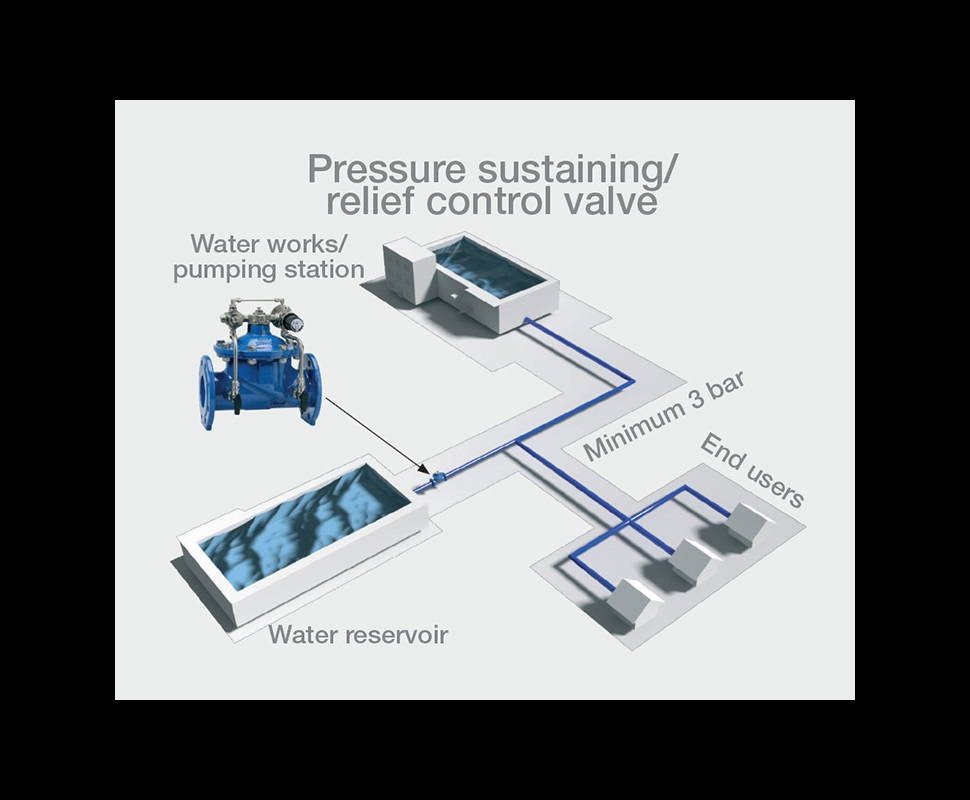Ingenious Control Valves: Enhancing Accuracy and Reliability
Ingenious Control Valves: Enhancing Accuracy and Reliability
Blog Article
Achieve Seamless Assimilation and Control With Quality Structure Automation Controls
In the world of modern building monitoring, the value of top quality structure automation controls can not be overstated. Accepting top quality building automation controls is not simply a matter of benefit yet a tactical imperative for companies aiming to optimize their facilities' efficiency and sustainability.

Development of Structure Automation Controls
Throughout the previous few years, the development of building automation controls has actually significantly transformed the means buildings are managed and operated. Originally, constructing automation systems primarily focused on standard features such as controlling air, ventilation, and heating conditioning (COOLING AND HEATING) systems. As innovation progressed, these controls have become more advanced, enabling for a wider range of building systems to be integrated and handled centrally.
The advancement of building automation controls has seen a change in the direction of more smart systems that can adapt to transforming problems in real-time. This adaptability is crucial for enhancing energy effectiveness and making sure occupant comfort. Additionally, modern building automation controls currently supply attributes such as anticipating upkeep, remote surveillance, and data analytics, allowing center supervisors to make data-driven decisions to enhance building efficiency.

Benefits of High Quality Combination
The innovation in building automation controls towards even more intelligent systems has actually highlighted the considerable benefits of high quality integration in enhancing structure procedures and boosting total effectiveness. This centralized control additionally gives better visibility and insights into structure efficiency, making it possible for proactive maintenance and optimization techniques. On the whole, the advantages of top quality assimilation in structure automation controls are obvious, providing boosted efficiency, convenience, and operational effectiveness.
Boosted Individual Experience and Availability
Enhancing individual interaction with building automation regulates with intuitive layout and boosted availability elevates the overall experience for passengers and facility managers alike. By concentrating on customer experience, building automation systems can end up being extra efficient and straightforward. User-friendly interfaces, clear navigation, and customizable settings empower users to connect with the controls conveniently and effectively.
Ease of access functions play a vital function in guaranteeing that all people, including those with handicaps, can use the building automation regulates with simplicity. Integrating features such as voice commands, responsive switches, and color-contrasted displays can enhance access and make the controls a lot more comprehensive.
Moreover, boosted individual experience brings about higher customer complete satisfaction, enhanced performance, and far better decision-making. Passengers can change environmental setups according to their preferences, while center supervisors can successfully keep an eye on and manage building systems - control valves. Overall, focusing on customer experience and access in building automation controls adds to an extra efficient and smooth building atmosphere for all stakeholders involved
Sustainable Practices With Automation

Moreover, automation can promote the integration of renewable energy sources such as solar panels or wind turbines right into building procedures. With automation, structures can straighten with modern sustainability objectives and contribute to a greener future.
Future Trends in Building Control Systems
One popular trend forming the future of structure control systems is the enhanced integration of Artificial Intelligence (AI) and machine knowing. Additionally, the Web of Things (IoT) is reinventing building control systems by attaching gadgets and sensors to boost and streamline procedures efficiency.
Another essential pattern is the focus on cybersecurity measures to protect against prospective threats to building automation systems. As structures come to be much more interconnected, making sure durable cybersecurity methods will certainly be vital to safeguard delicate data and protect against unauthorized gain access to.
Furthermore, the shift in the direction of cloud-based systems is obtaining energy, enabling streamlined control and remote accessibility to structure systems. This facilitates less complicated surveillance, upkeep, and updates, enhancing the total performance and versatility of structure control systems. As modern technology continues to advance, these fads are anticipated to shape the future landscape of building automation controls, driving technology and sustainability in the built atmosphere.
Final Thought
Finally, building automation controls have advanced substantially, supplying countless benefits such as boosted customer experience, accessibility, and lasting techniques. Quality assimilation plays a crucial function in attaining smooth control and efficient operation of building systems. Future trends in building control systems are likely to news focus on further enhancing automation abilities for enhanced energy effectiveness and general efficiency. It is vital for building proprietors and drivers to prioritize the adoption of top quality structure automation regulates to maximize structure operations and achieve long-term sustainability goals.
In the world of modern building management, the significance of high quality structure automation controls can not be overemphasized. On the whole, the evolution of building automation regulates continues to drive technology in the structure management sector, using new possibilities for producing smarter and extra sustainable buildings.
The innovation in structure automation regulates in the direction of even more intelligent systems has underscored the significant advantages of quality combination in enhancing structure procedures and improving general effectiveness. On the whole, prioritizing user experience and availability in structure automation controls contributes to a much more productive and visit this site smooth structure environment for all stakeholders included.
It is essential for building owners and operators to prioritize the fostering of top quality structure automation controls to enhance structure operations and achieve long-lasting sustainability goals. - control valves
Report this page